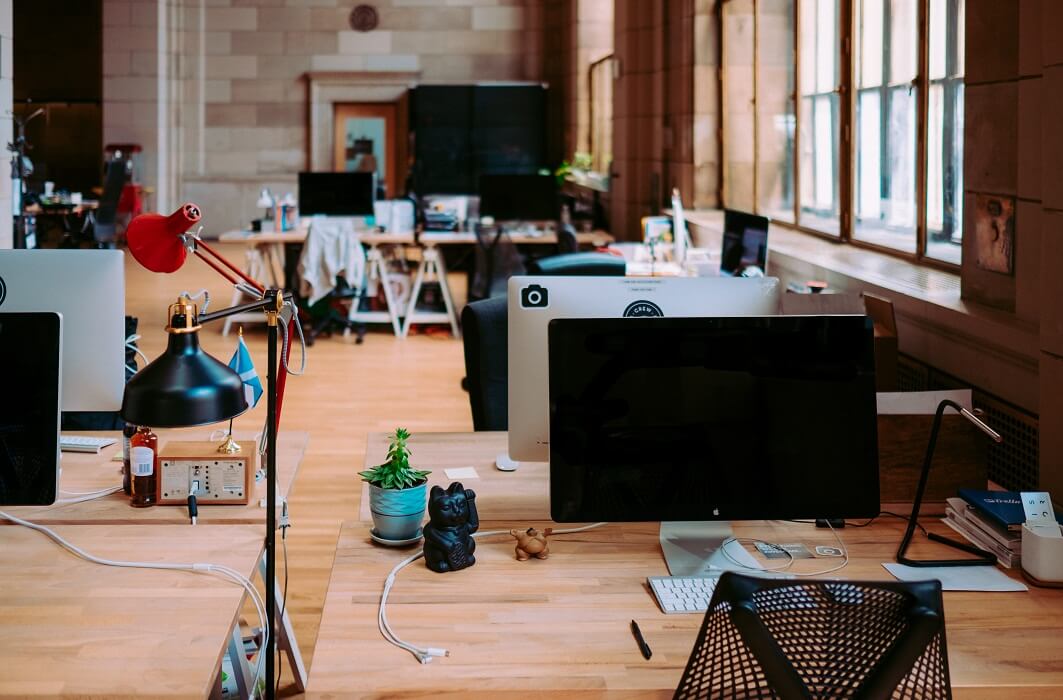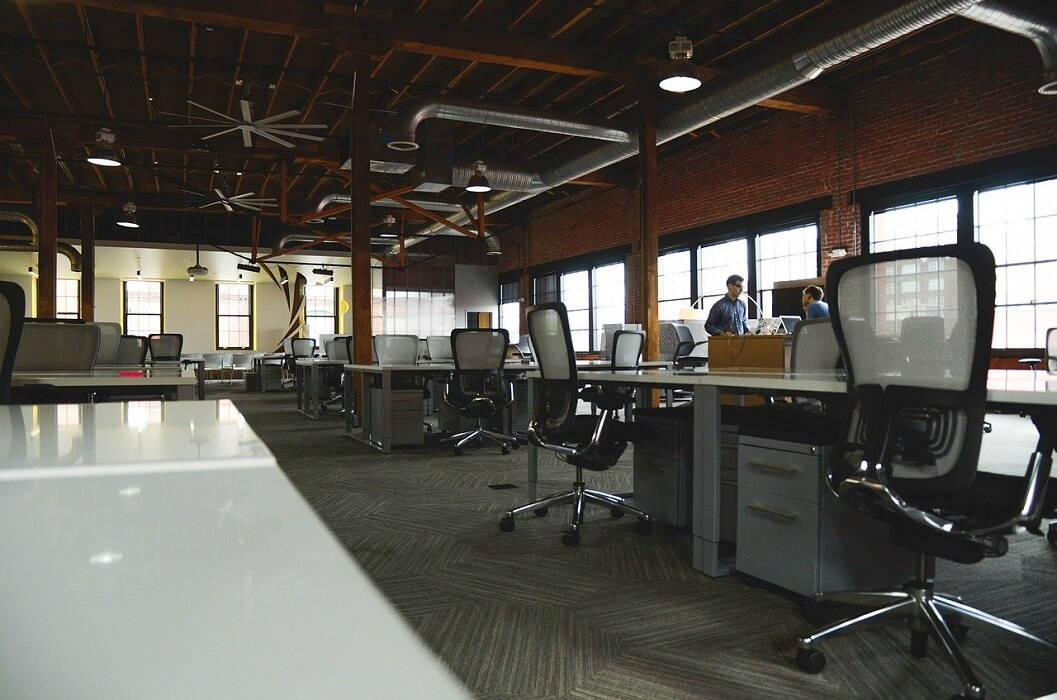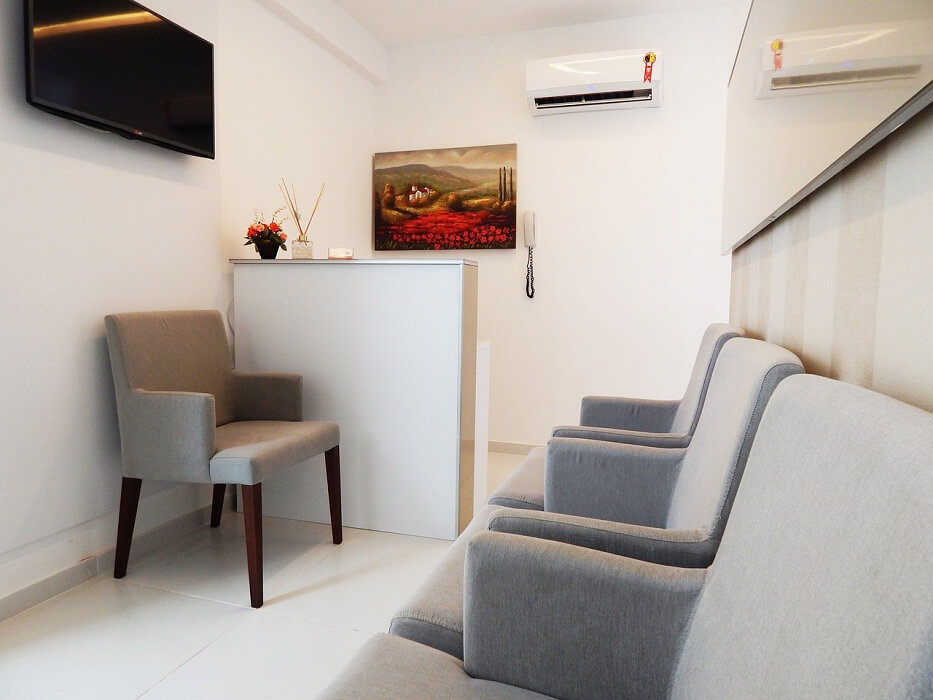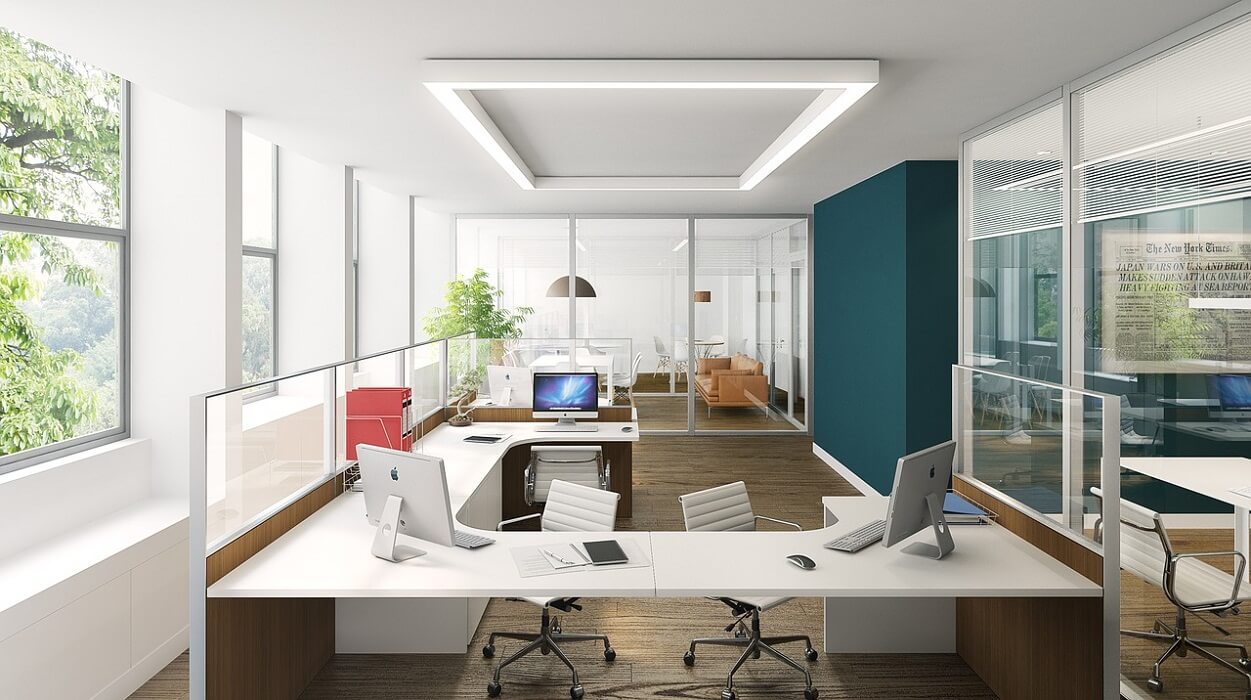Panama
Office design mistakes we should avoid
Office design is a huge challenge, since the productivity of employees and the image of our company depend largely on it. Therefore, when designing an office, there are several aspects that we must consider in order to create a suitable climate for our objectives. But there are also several mistakes that we should avoid if we want to create a pleasant atmosphere that encourages creativity and communication among employees, as well as their comfort and motivation.
To help in this task, we have identified 7 common office design mistakes with some recommendations you can follow to avoid them.
- All out in the open
Open office layouts represent a very common option because of the flexibility they provide to companies, allowing them to grow without having to go through costly expansions or renovations.
However, despite being the most profitable option, it is not the most productive because employees will constantly have to face some issues associated with the open office design such as noise, interruptions, distractions or lack of privacy. As well as the scrutiny from the boss, scrutiny from colleagues, contagious diseases, and social anxiety.

Therefore, we must consider how employees will actually use the space and how they can work so that we have the best possible work environment. So, considering the disadvantages of an open design and the tendency to avoid those old-fashioned cubicles, it is best to have a hybrid between both options available. The reason for this is that different people will do their jobs better in different ways, in different moods, at different times of the day.
It is possible then, that someone wants to work a large part of the day with their colleagues in an open space, but wants to retire to a quieter space at the time that requires greater concentration for a specific task. So if we want them to be more productive, the trick is to give employees the freedom to choose the work environment that best suits them.
- Poor acoustics
Especially if it is about open offices it is important to consider acoustics, since a noisy office is synonymous with low productivity. This is pointed out in a study published in the British Journal of Psychology, which analyzes the way in which noise harms productivity. Therefore, it is imperative to use acoustic materials that reduce unwanted reverberation and echo levels, if we want to improve the comfort and efficiency of staff. For this, in offices we can use carpets, upholstered furniture and wall panels to muffle the sound.
Similarly, in the case of conference rooms, fabric-wrapped panels are an excellent alternative for reducing noise, limiting the extent to which we can hear outside conversations and improving the quality of the conference.
However, it is also not advisable to make spaces that are too quiet because it will not be very comfortable for those who work there either. Therefore, noise levels should be somewhere in the middle so that employees are comfortable and productive.
- Poor lighting
Although fluorescent lights are a common light source in most offices, this is the biggest mistake that is usually made. What we should know about them is that there are a number of negative effects on health and productivity that have been associated with working under fluorescent lights. Likewise, it has been proved through numerous studies that poor lighting can also cause negative effects such as eye strain, migraines, sleep problems, depression, and anxiety.

However, we cannot ignore that the best possible lighting to work with is natural lighting. In fact, it has been shown that those who work close to natural light become more productive and have greater memory and concentration at work. Something that can be achieved if we have offices with many windows, for example, placing desks near the windows or removing blinds to increase the light levels.
But if it is not possible in your office to use natural light, you should try to use soft light, avoiding bright LED lighting at all costs, because this can cause headaches and anxiety. Likewise, it is recommended to supplement with artificial light on less sunny days or when tasks that require lighting greater than usual must be carried out. Therefore, it is necessary to plan how the lighting in each workstation will be, considering the one that best suits your needs.
For example, cool white light bulbs are the most recommended and beneficial when it comes to tasks that involve the use of computers, as indicated by a study published in Procedia Social and Behavioral Sciences.
- Unattractive decoration
Due to its stimulating effect, the color of the walls can cause psychological and physiological reactions in employees. Therefore, choosing a wrong tone could have a negative impact on the happiness and productivity of employees, according to a study conducted at the University of Texas, which found that employees who worked surrounded by white walls made more mistakes.
For its part, red walls were associated with an increase in pulse and blood pressure. While in the same study the colors green and blue were identified as the best colors since they help stimulate creativity, innovation and calm.
On the other hand, decoration should also be considered. A common motif for both personal spaces and the office in general is nature. And it is that not only does it help to soften all the technology that offices are generally full of, but there is more and more evidence that confirms that the incorporation of natural elements such as plants has many positive effects on health and productivity. Which range from increased worker happiness, creativity and productivity to decreased absenteeism.

These effects are based on biophilia, which is a principle of instinctive affinity that we human beings have with the natural world. It is also worth knowing that some plants are capable of purifying the air in the office, helping to create a healthier space.
- Poor reception area
In office design the reception area should be of special importance, since it is the area that will give employees, visitors, customers and potential investors the first impression of our business and we will always want it to be the best. Especially if we consider that there are many competitors targeting the same audience. So that first impression really matters.

Therefore, those of us who are concerned about our business will worry about having a reception area that is attractive, welcoming and professional. Besides, we must ensure that it is spacious and easy to find to avoid that those who visit us have to look for the entrance of the office. Another tip to keep in mind is that you should never use this area to store files or boxes, as being in view will give the office a less formal and unprofessional look.
When designing your reception area, you should also consider what the overall look and feel you want to show is. Because the contrast between the color of the walls and the furniture you use will help you define the tone the office will have.
- Poor storage
Another common office design mistake is not thinking about storage needs. Having poor storage areas could cause us to lose important documents or have to discard documents that we might need in the future in case of audits, and it could even cause us to mix important documents with another that are not. Therefore, it is recommended that we have a separate room with adequate storage spaces for each use and type of elements.
- Not taking ergonomics into account
Ergonomics will help us to find a comfortable environment, in which tasks can be carried out normally and without this posing a health risk for employees, which, undoubtedly, will have a positive impact on productivity and the reduction of work absenteeism.

Therefore, we must be clear that the purchase of ergonomic furniture is something we cannot save on, but that in the long term it will be more than justified by the impact it will have on the well-being and health of employees. So consider updating outdated office furniture and be sure to use ergonomic designs. For example, chairs that support the correct posture or tables that are aligned with the height of the user’s elbows when seated.
Remember that office design conveys the beliefs and values that your company has. So it will be important to make sure your office communicates the right message to your employees, customers and visitors.


 Español
Español